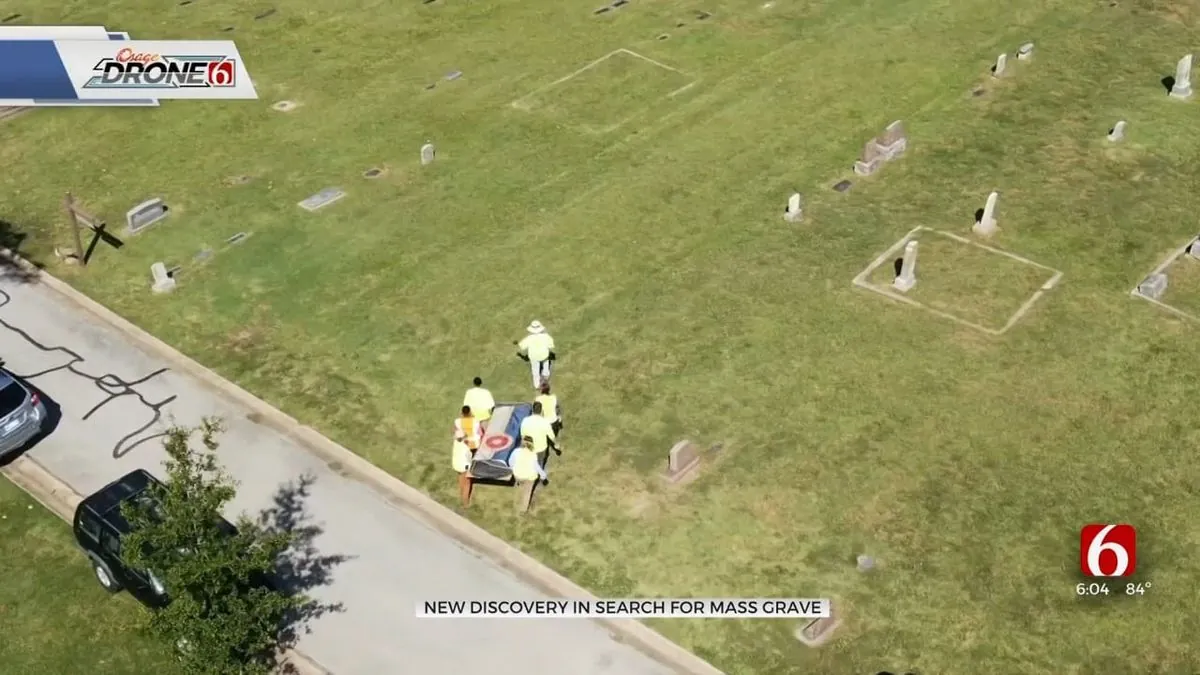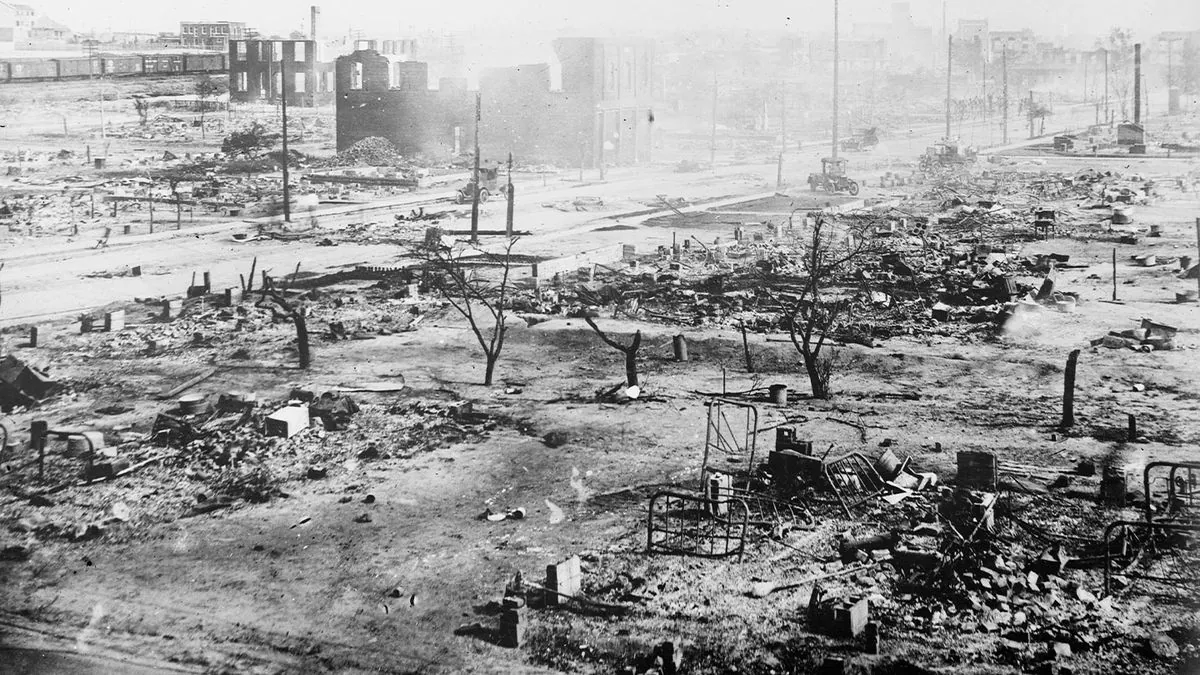Tulsa Race Massacre Victims' Remains Reveal Gunshot Wounds
Exhumation of three 1921 Tulsa race massacre victims uncovers gunshot wounds and possible burns. The ongoing investigation aims to identify and properly bury the estimated 300 victims.

The ongoing investigation into the 1921 Tulsa race massacre has yielded significant findings. Three exhumed victims were discovered to have sustained gunshot wounds, with two showing evidence of injuries from different firearms. One victim also exhibited possible burn marks, according to a recent update from the city of Tulsa.
G.T. Bynum, Tulsa's mayor, emphasized the importance of the investigation, stating, > "The people we are searching for are not just names in history, they are someone's family who deserve a proper burial."
The 1921 Graves Investigation, initiated by Bynum in 2018, has exhumed over 40 remains to date. Dr. Kary Stackelbeck, the state archaeologist, confirmed that the discovered individuals align with the profile of massacre victims.

This investigation sheds light on one of the most tragic events in American history. The Tulsa race massacre, which occurred on May 31, 1921, resulted in an estimated 300 fatalities, predominantly affecting Black residents. The incident devastated Tulsa's Greenwood neighborhood, a thriving area known as "Black Wall Street."
Some key facts about the massacre:
- It lasted 18 hours, destroying over 35 city blocks.
- The Oklahoma Bureau of Vital Statistics officially recorded only 36 deaths.
- No one was ever convicted for the violence and destruction.
- The event was largely omitted from historical records for decades.
- In 2020, it was finally added to Oklahoma's school curriculum.
The investigation has made progress in identifying victims. In July 2024, a World War One veteran became the first massacre victim to be identified through the project. This identification, along with the recent findings, brings hope for closure to many families affected by this tragedy.
The Tulsa race massacre's impact extends beyond the immediate loss of life. It resulted in an estimated $50-100 million in property damage (in today's currency) and required intervention from the American Red Cross, marking the organization's first disaster relief effort not caused by natural disasters.
As the investigation continues, it serves as a reminder of the importance of confronting historical injustices and providing proper recognition and respect for the victims. The ongoing efforts in Tulsa demonstrate a commitment to uncovering the truth and honoring those who lost their lives in this tragic event.


































